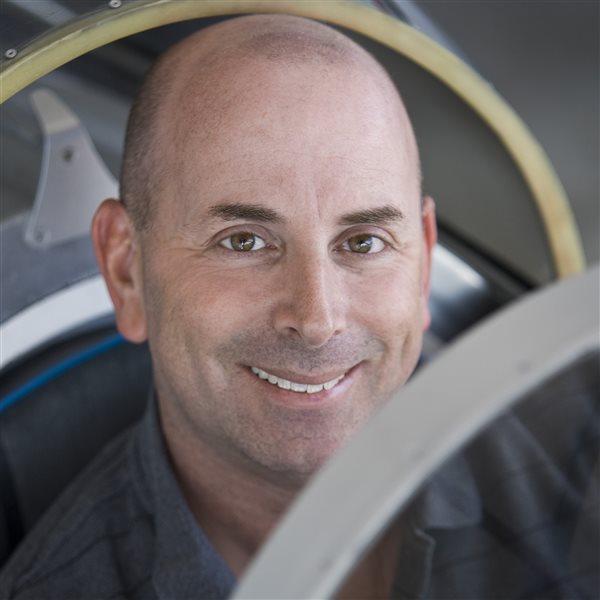Career Spotlight: Big Fish
Alaska guides fly unconventional missions in demanding environments

A few pilots with exceptional flying and hunting or fishing skills combine aviation with guiding—and they do so in some of Alaska’s most rugged and treacherous areas. The work is physically, mentally, and aeronautically demanding.
Pilot guides at high-end fishing lodges in southwest Alaska, for example, are up early each morning preparing to take clients in search of salmon, trout, or grayling. That involves loading hundreds of pounds of gear into floatplanes—typically de Havilland DHC–2 Beavers or Cessna 185 Skywagons—flying at low level due to the area’s almost constant low clouds and rain, and dealing with strong winds, powerful currents, rapid tidal shifts, and constant pressure to find (and catch) big fish.
Some clients pay $10,000 a week or more to stay at a luxury lodge and pursue world-class game fish, and they want results.
“Everyone wants our clients to get what they came for—
particularly the guides,” said Ken Strickler, chief pilot at Alaska Rainbow Lodge. “The pressure on them is real, but we won’t compromise safety. If weather’s too low to fly, we don’t fly.”
Alaska Rainbow Lodge operates three Beavers, and all pilots have instrument, commercial, and seaplane ratings. Most of their flights are short—30 minutes flying time or less—and almost all the airspace is Class G, meaning pilots must have only one mile visibility and remain clear of clouds. Each airplane is equipped with GPS, yet the pilots seldom follow the magenta line from point to point. Instead, they stay over rivers and lakes to scout out fishing locations and wildlife.
Seaplane flying skills such as beaching, mooring, and docking are put into practice just about every day of the four-month fishing season, and the consequences for misjudgments can be severe. If an airplane is damaged by striking a submerged log, gets stuck on a sandbar, or is pushed off the bank by a strong gust of wind, pilots are on their own. They have satellite phones and instant messengers, but there are no air traffic controllers, fixed-base operators, or nearby mechanics to help.
Pilot guides heft heavy gear between boats and airplanes, often in cold, rainy, slippery conditions. They untangle fishing lines, cook lunches for clients, and guard them from the elements in a region where the weather can change quickly and violently. But the rewards are sublime. Pilot guides fly iconic aircraft in some of the world’s most spectacular natural areas, they make consequential aeronautical decisions every day, and people count on them to make the right calls and fly with skill and precision.
“I’ve been doing this kind of flying for quite a while, and the wonder of it still amazes me,” said Strickler, 64, who has flown the same Beaver, N7283, about 4,600 hours in 16 years. “I love the challenge, and the fact that every flight is different. I enjoy having to be on my A-game every time I get in the airplane.”

